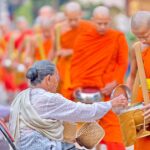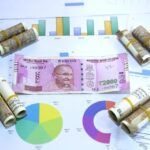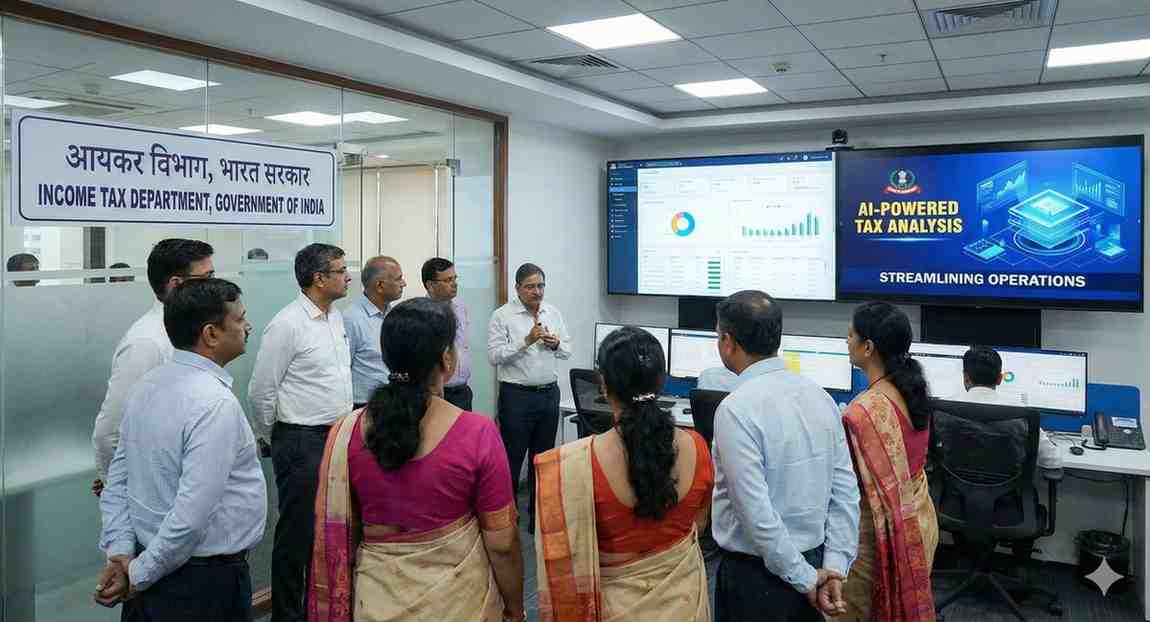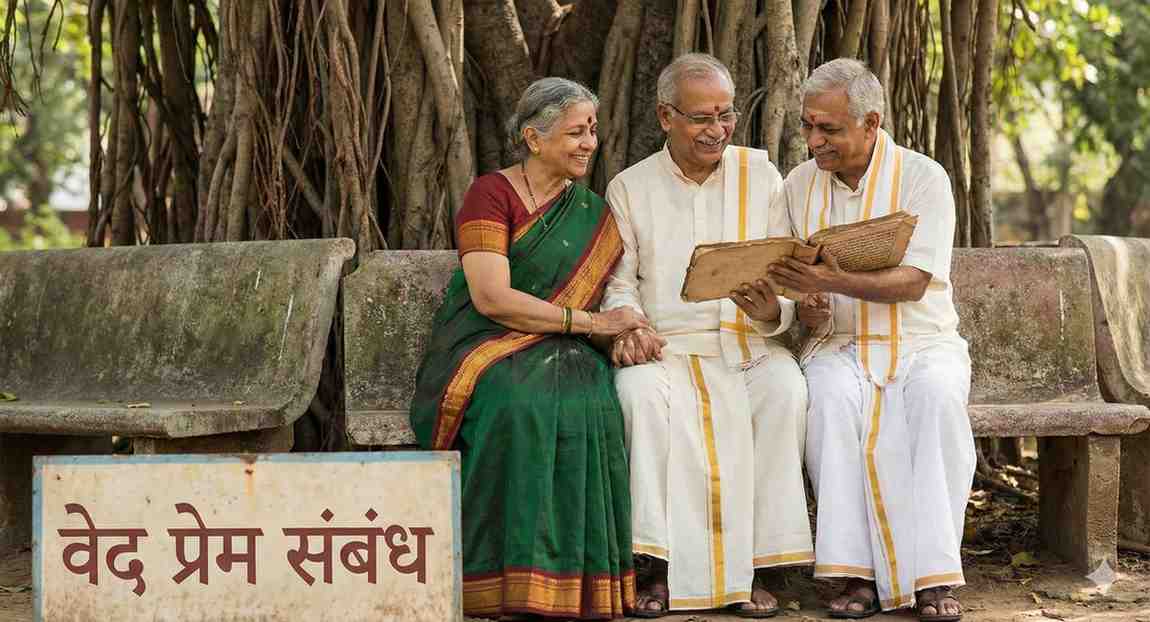
Uttar Pradesh’s Public Discourse: Are We Encouraging Dialogue or Division?
- admin
- October 13, 2025
- People, Uttar Pradesh
- 0 Comments
Exploring the Role of Caste Politics in Shaping the Future of Uttar Pradesh
KEY METRICS:
- Caste Demographics: Uttar Pradesh is home to over 21% Scheduled Castes (SC), 2% Scheduled Tribes (ST), and 41% Other Backward Classes (OBC), with caste being a major influence on political affiliations and social dynamics.
- Electoral Outcomes: In the 2022 Uttar Pradesh Assembly elections, the Bharatiya Janata Party (BJP) secured 255 seats, while the Samajwadi Party (SP) won 111, with caste considerations driving voting patterns.
- Political Alliances: The Bahujan Samaj Party (BSP), Samajwadi Party (SP), and Bharatiya Janata Party (BJP) have strategically aligned with caste-based voter blocs, shaping political campaigns and public policy.
NEWS BODY
In Uttar Pradesh, where the population exceeds 220 million, caste-based politics has been a defining feature of the state’s political landscape. The state’s deep-rooted caste system has influenced its electoral processes and public discourse for decades, shaping how political parties engage with voters, formulate policies, and ultimately, determine the course of governance. As political strategies evolve, the question arises: Is Uttar Pradesh’s public discourse fostering dialogue and unity, or is it intensifying divisions?
Caste Politics: A Pillar of Uttar Pradesh’s Political Identity
Caste-based politics has a long history in Uttar Pradesh. The state’s political parties, both at the local and state levels, have often structured their campaigns around the caste identities of their constituencies. The dominance of caste politics is seen in the way political allegiances are formed. For example, the Bahujan Samaj Party (BSP), under the leadership of Mayawati, has been primarily associated with advocating for Dalit rights, positioning itself as a voice for the marginalized Scheduled Castes (SC). Similarly, the Samajwadi Party (SP) has garnered substantial support from the Yadav community and Muslims, both of whom constitute a significant voting bloc in the state.
On the other hand, the Bharatiya Janata Party (BJP) has strategically aligned itself with a coalition of voters from various castes, including sections of the Dalit and OBC (Other Backward Classes) communities. This broad coalition has helped the BJP achieve electoral success, particularly in the 2022 Uttar Pradesh Assembly elections, where the party won 255 out of 403 seats.
These alignments, based on caste and community identity, are central to UP’s political machinery, making caste an undeniable factor in determining political power and influence. However, this emphasis on caste identity in politics often overshadows other critical issues such as economic development, education, and healthcare.
The Politics of Division or Dialogue?
While caste-based political mobilization has empowered marginalized communities, it has also contributed to a growing sense of division within society. Political campaigns in Uttar Pradesh often revolve around the promises of caste-based welfare and policies designed to benefit specific groups. However, this approach can sometimes reinforce barriers between communities, fostering a sense of “us vs. them.” For example, promises made to the Dalit or OBC communities are often seen as being in direct competition with the interests of higher caste groups, which can lead to heightened social tensions.
Instead of fostering dialogue and collaboration, caste-based politics frequently serves to entrench divisions, framing political debates in terms of who holds power rather than how the state can work together for its collective progress. This type of political discourse risks sidelining the broader, unifying issues that can lead to social harmony and economic growth.
At the same time, the focus on caste has created a platform for social and economic justice, particularly for historically oppressed groups. Policies aimed at improving the lives of Dalits, OBCs, and other marginalized communities have led to tangible improvements in some areas, such as reservations in education and employment. But these measures, though significant, often fail to bridge the deeper divides between communities, leading to a polarized society where political loyalty is often based more on caste identity than on collective civic values.
Shifting Political Alliances and Changing Narratives
The changing dynamics of caste-based politics are reflected in the strategies of contemporary political parties. The BJP’s rise to power in Uttar Pradesh, especially in the 2017 and 2022 Assembly elections, highlighted its ability to appeal to a broad range of caste groups, including Dalits, OBCs, and upper-caste Hindus. This wide-ranging coalition has given the BJP a significant political edge in a state where caste loyalties once determined electoral outcomes. However, critics argue that the BJP’s appeal to caste-based identity has led to the marginalization of other communities, particularly Muslims.
Conversely, the Samajwadi Party, which has a strong hold over the Yadav and Muslim vote, continues to emphasize social justice and caste-based mobilization. However, this focus on specific communities, while helping secure loyal voting blocks, also risks further fragmenting the electorate. The same is true for the BSP, which has been seen as the champion of Dalit rights but has also struggled to transcend the limitations of caste-based identity politics in an increasingly diverse electoral environment.
These shifting political alliances and the rising influence of caste in political discourse underscore the complexities of governance in Uttar Pradesh. With caste remaining a central issue in elections, it often overshadows important conversations about development, social equality, and economic growth.
The Future: Moving Towards Unity or Deepening Divisions?
The future of Uttar Pradesh’s political discourse will largely depend on how the state handles its caste politics. While caste identity remains a powerful force in shaping political campaigns and outcomes, there is growing recognition that a more inclusive discourse is necessary for the state to achieve long-term social and economic progress.
Moving forward, political leaders and parties must find ways to balance the legitimate demands for social justice with the need for unity across caste lines. Initiatives that focus on common interests, such as job creation, healthcare, and education, can foster a more inclusive political environment where the focus shifts from divisive identity politics to collective progress.
For Uttar Pradesh to overcome its historical divisions, it must shift towards a public discourse that emphasizes dialogue, cooperation, and shared prosperity. This shift will require both political will and the active participation of civil society, including youth movements, social activists, and the media, to challenge existing narratives and promote policies that bring all communities together rather than pitting them against one another.
Conclusion
Uttar Pradesh’s political discourse, deeply intertwined with caste-based politics, continues to shape the state’s future. While caste politics has provided a platform for marginalized groups to assert their rights, it has also contributed to social polarization. Moving forward, the challenge will be to create a public discourse that encourages dialogue, inclusivity, and unity, while still addressing the genuine needs of all communities. Uttar Pradesh’s political future hinges on the ability to navigate these complex dynamics and move towards a more harmonious, collective vision for the state.



